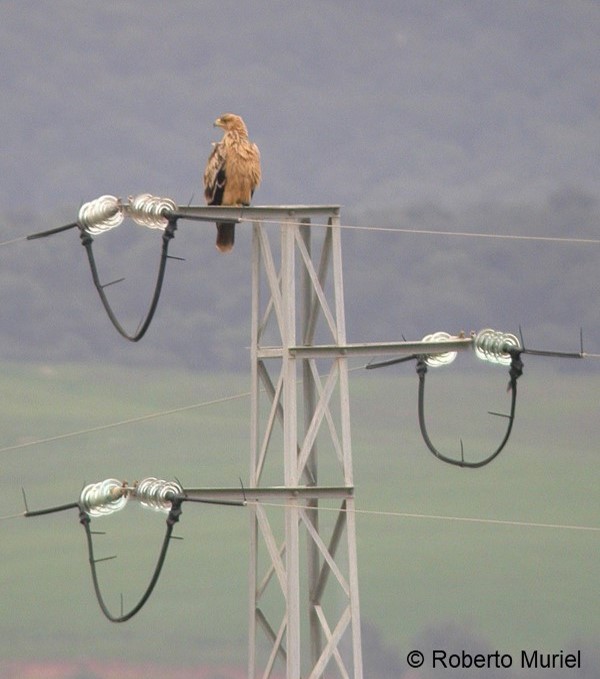In long-lived species, usually with deferred maturity and low release numbers, the success of conservation translocations is especially sensitive to survival and site fidelity during the prolonged establishment phase. Concurrent management actions usually implemented in threatened populations may also influence translocation-related responses. Therefore, the specific performance of translocations should be ideally assessed on vital rates of comparable management groups while accounting for other conservation actions. In this study, the impact of translocation on the short-term survival and the relative contribution of electrocution on power pylons was analysed by comparing translocated and wild-reared radio-tracked juvenile Spanish imperial eagles Aquila adalberti before and after the implementation of further long-term conservation actions of the species and other generic measures in southern Spain. A multi-event multi-state capture-recapture approach accounting for tag retention was applied on a long-term dataset of resightings and dead recoveries throughout the first 2 years after fledging. Survival probability was similar in translocated and contemporary non-translocated eagles, but higher than in wild-reared birds before the generalization of multi-action plans from the 1980s. It was also higher during early dispersal than in the post-fledging dependence period. Although mortality due to electrocution decreased in absolute terms after implementing anti-electrocution measures, its relative contribution as the main mortality source did not differ between translocated and wild-reared birds or between periods (65%). These results show that when translocations are properly implemented, observed vital rates of released animals can be comparable to those of wild?reared individuals subjected to similar generic management addressing mortality sources. As for any management action, post-release monitoring should play a key role in translocation programmes, with emphasis on comparative studies analysing potential factors affecting survival under active management contexts. informacion[at]ebd.csic.es: Muriel et al (2020) Does translocation affect short-term survival in a long-lived species, the Spanish imperial eagle? Animal Conserv. Doi 10.1111/acv.12597
https://zslpublications.onlinelibrary.wiley.com/doi/abs/10.1111/acv.12597








 Las altas temperaturas están provocando que las lagunas y las marismas de Doñana pierdan agua rápidamente
Las altas temperaturas están provocando que las lagunas y las marismas de Doñana pierdan agua rápidamente



